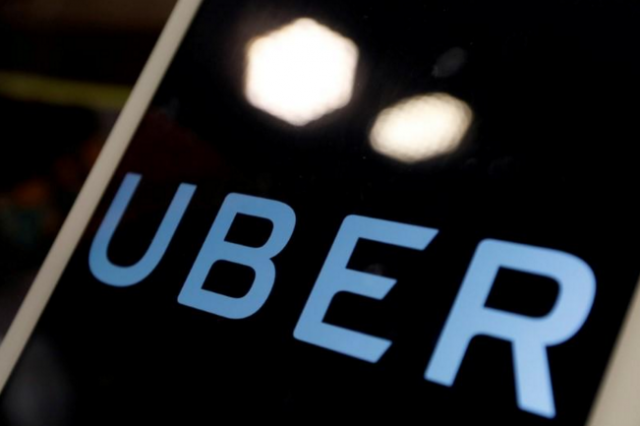
A ride-hailing firm that used to service the Philippines once again became a topic on an online discussion for its low fares before.
A Facebook user brought up a ride experience via Uber, an American transport service provider, on a group page called “How’s your byahe, bes?” on June 20.
“Y’all remember when an Uber ride from Quezon City to Pasay is less than P200 and NOT P600?” Facebook user named Josh Espinoza asked.
He also uploaded a screenshot of Uber’s interface after booking a ride way back on Jan. 8, 2017.
The cost of the ride was P199.
Several users seemingly shared the same sentiments of missing such a low fare for a booked ride.
His post gained 7,200 reactions, 171 comments and 3,900 shares on the platform so far. Of the reactions, 5,700 were crying emojis, 1,500 were likes, 136 were heart emojis and 60 were shock emojis.
Uber entered the Philippine market in 2015.
It immediately became a favorite transport service among a few commuters due to its convenience and lower fares compared to taxis at that time.
However, due to complicated struggles in Southeast Asia, the company has to bow down to its rival firm Grab Holdings Inc. or Grab.
Uber shut down its app operations in the country in 2018 after Grab took over its operations.
RELATED: Philippine watchdog fines Grab, Uber for rushed merger, drop in service quality
Thoughts on Uber
Some Filipinos, however, were not keen on the idea of Uber or another similar provider resuming operations in the country again.
In the comments section of the post, they recalled the past issues of driver exploitation that hounded Uber.
One user pointed out that Uber’s cheap fares for a “luxury service” came at the expense of its drivers.
“It came at a cost though. And even if Uber turns into a philanthropic non-profit, those prices cannot be achieved without [the] exploitation of the drivers. Economists called out this model as unsustainable: you cannot have a luxury service (door-to-door transport is a luxury) priced at a cheap rate without exploitation,” the Facebook user said.
In his comment, the user cited a report from Vice about one of the massive transport strikes against Uber in the United States in 2019.
In the report, thousands of drivers assembled during the rush hour in New York City to cry out their labor concerns against the company on that day.
A few users also noted that fuel in 2017 does not cost as much as it is now.
“To be fair compare the gas price from 2017 to now,” the user said.
Another user, meanwhile, suggested that the government should approve carpooling services instead.
“Kung magdeploy sila ng totoong carpooling service, maybe yes. Malaking tulong pa rin yung ‘convenience’ na pwede ka magbook online. Still, need pa rin i-prioritize ang mass transport. Grab dapat ay alternative lang,” the user said.
Impact on urban traffic
Some Filipinos also shared links to studies and reports that suggest how these Transport Network Companies (TNCs) contribute to traffic congestion in urban areas.
One of the reports they cited was published on the Massachusetts Institute of Technology website in 2021.
Hui Kong, an MIT alumna and post-doctoral fellow at the MIT Urban Mobility, said that based on their research, TNCs worsened traffic in the US over time.
“Our research shows that over time TNCs have intensified urban transport challenges and road congestion in the United States, mainly through the extended duration and slightly through the increased intensity,” he was quoted in the report as saying.
Moreover, the rise of TNCs is also not environmentally sustainable in the long run, according to the article.
The study showed that commuters in the US get discouraged from taking “greener” trips such as public transport and walking.









